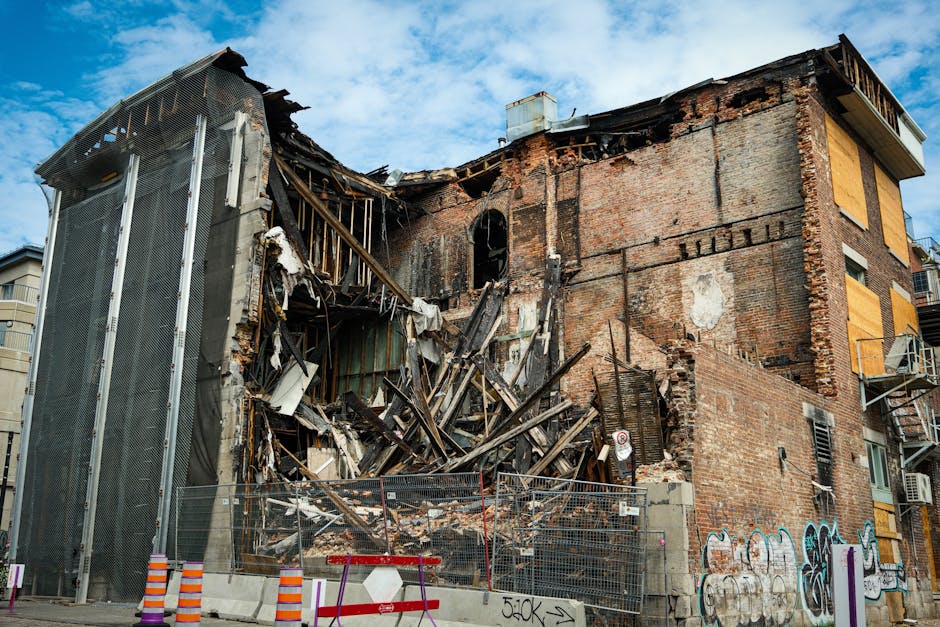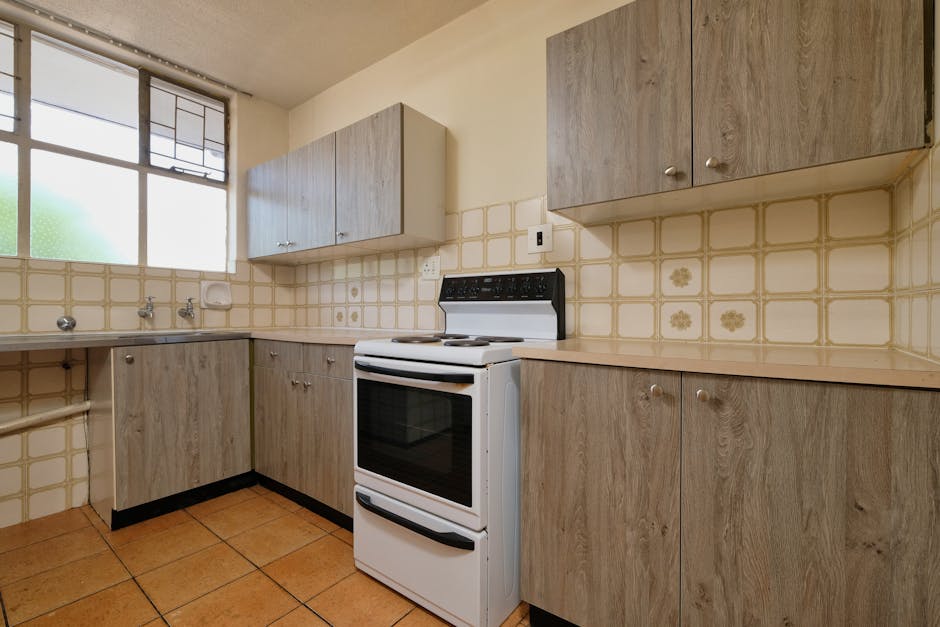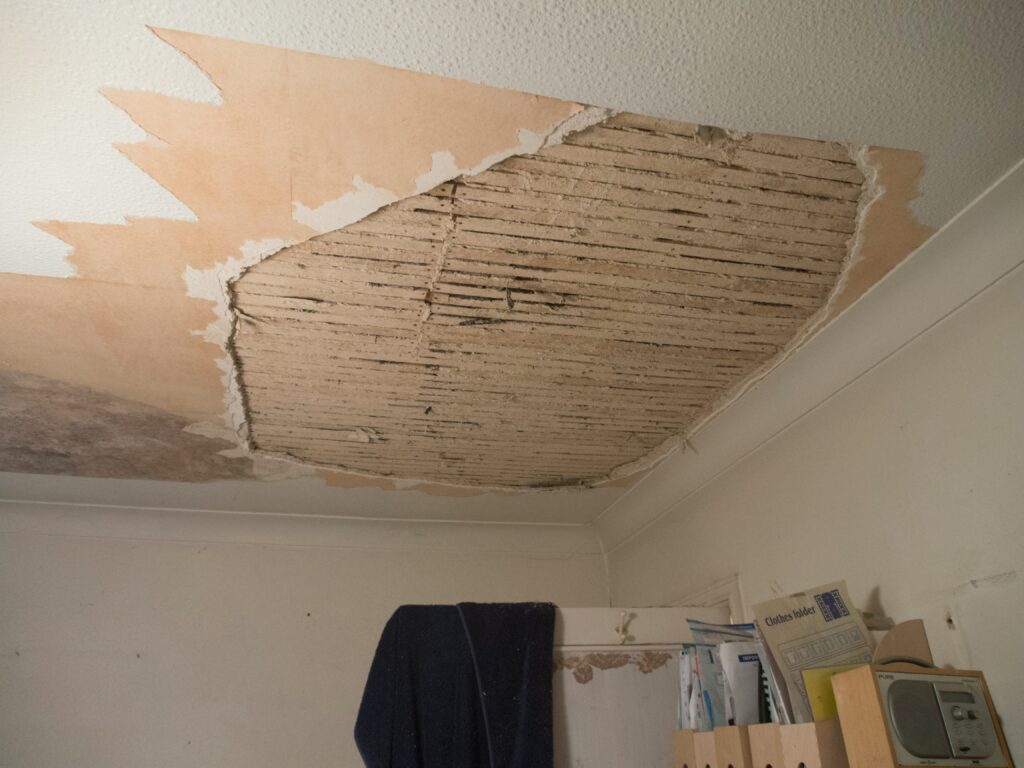Why Planning Is Everything
Most renovation disasters don’t come from bad hammers or crooked contractors—they start with bad planning. Rushed ideas, unclear goals, and fuzzy budgets are what derail projects before the first nail is even hammered. It’s rarely the execution that tanks a remodel. It’s what wasn’t thought through before the dust started flying.
A renovation roadmap doesn’t eliminate all the surprises—but it does keep them from becoming full-blown crises. Laying out a plan upfront saves time, cuts waste, and spares your sanity when the curveballs come (and they will). Whether you’re repainting a kitchen or overhauling an entire floor, knowing your timeline, budget, and priorities is your safety net.
This guide is built for every kind of homeowner. First-timers with big dreams and tight wallets. Seasoned renovators juggling multiple projects. Anyone stuck somewhere in between. No matter where you’re starting, a solid plan changes everything.
Step 1: Define the Why
Before you choose paint colors or rip out kitchen cabinets, take a step back. The most effective renovations begin with a clear purpose. Understanding why you’re renovating will shape every decision you make—from budgeting to design and even timeline.
Start With Your Core Motivation
Ask yourself: What do I want this renovation to achieve?
Some of the most common goals include:
– Increasing resale value: Prepping your home to sell? Focus on widely appealing updates that boost marketability.
– Improving comfort and livability: Maybe you love your home but need it to function better for your lifestyle—think layout changes, upgrades for better functionality, or increased natural light.
– Boosting energy efficiency: Upgrading insulation, energy-efficient windows, or installing solar panels may reduce your long-term bills and environmental impact.
Why Your “Why” Matters
Once you define your primary reason for renovating, everything down the line becomes easier:
– It guides your priorities: You’ll know where to invest and where to hold back.
– It helps avoid distractions: Don’t get pulled into flashy upgrades if they don’t serve your core goal.
– It makes compromise clearer: When things don’t go as planned, your guiding “why” helps you stay focused and adjust smartly.
Align Your Vision with Your Values
Remember: a renovation isn’t just about changing how your home looks—it’s about changing how your home works for you. By anchoring every step in your core motivation, you make better choices and see better results.
Step 2: Set a Realistic Budget
Your budget is your foundation—build it strong or expect cracks later. First, get honest about the big buckets: labor, materials, and permits. Labor will likely be your largest line item, especially if you’re bringing in trades like electricians or plumbers. Materials can vary wildly depending on taste, availability, and whether you’re going for custom or off-the-shelf. Don’t forget permits—depending on your area, these can add hundreds or even thousands.
Then there are the “bonus surprises”—the hidden mold, outdated wiring, or the mystery pipe behind the wall. Count on them. Add a 10–20% contingency buffer on top of your total budget. It’s not overkill—it’s survival.
Smart budgeting doesn’t mean rigid spreadsheets. Use tools like budget tracking apps, or better yet, a good old shared Google Sheet. Track quotes, track spend, and stay honest with yourself. Build in wiggle room, but keep your eye on the target. Flexible doesn’t mean reckless. It means knowing where you can bend—and where you can’t.
Step 3: Decide on DIY vs. Pro
Some parts of a renovation are great opportunities to roll up your sleeves. Painting walls, swapping light fixtures, basic landscaping—these offer decent impact for low risk. If it’s something you can undo or learn as you go, it might be worth the sweat equity, especially with good tutorials and basic tools.
But there’s a hard line. When structure, wiring, plumbing, or anything code-related is involved, your weekend project can turn into a costly mistake. If your task requires a permit—or even just a ladder you’re uneasy on—it may be time to call in help.
Red flags that signal you’re out of DIY territory: surprises behind walls, tools you don’t recognize, instructions that mention voltage, or anything that makes you Google “Do I need a license for this?” Also, if the margin for error is slim and the fix is expensive, don’t risk it.
When hiring a contractor, look for clarity and track record. A good one communicates well, shows up when they say they will, and doesn’t flinch when you ask for references or a written estimate. Vet them like you would a new job candidate—interview more than one, check licenses and insurance, and call their previous clients. A handshake and a truck with a logo isn’t enough.
Bottom line: do what you’re confident in, skip what you’re guessing through. There’s no prize for learning foundation work on the fly.
Step 4: Prioritize by Impact
It’s tempting to start knocking down walls the first free weekend you get, but smart renovators pause first. The golden rule: don’t fix what isn’t broken. Pouring time and money into cosmetic changes while ignoring drafty windows or ancient wiring won’t pay off in the long run.
Instead, focus on upgrades that actually move the needle—improved energy efficiency, better storage, modernized kitchens and baths. These have staying power and real return. Chasing Pinterest trends that’ll be old news by next summer? That’s how you burn your budget fast.
If you’re short on time, skip the full makeover and look at projects that give you the most bang in a weekend. Swapping out light fixtures, updating cabinet hardware, deep-cleaning and resealing tile—these jobs move the dial without hijacking your life.
For more ideas that actually fit your weekend, check out Fast Weekend Makeovers for Busy Homeowners.
Step 5: Timeline It
Deadlines aren’t just for the office—they’re the backbone of any renovation that finishes on time. Putting a date to each task creates momentum. It gives you a way to measure progress, hold contractors accountable, and make decisions faster. A timeline, even if it’s rough, shifts your project from “eventually” into motion.
Start by mapping out each phase: demo, permits, framing, finishes, etc. Then drop them into a calendar with generous buffers. Weather, backorders, and “unexpected plumbing issues” are par for the course. A good rule of thumb? Build in 15–20% more time than your best-case guess.
And when things do go sideways (because they will), don’t scrap the whole plan—adjust it. Push back what’s flexible, double down on what’s in your control. Reconfirm with pros and suppliers. A responsive timeline is better than a perfect one that never sees daylight. The calendar isn’t there to trap you—it’s there to keep the work honest.
Step 6: Stay Flexible Without Losing Focus
Renovation plans rarely survive first contact with the real world. Walls hide surprises. Timelines slip. Materials sell out. Change orders—the adjustments you make mid-project—aren’t the exception, they’re the rule. The smart move is to accept this from the start and prep your mindset and budget accordingly. When changes come, breathe first, fix second. Stick to your priorities and don’t greenlight anything that doesn’t serve the core purpose of the renovation.
Pre-selection helps. Lock in most of your materials and finishes early, ideally before the first hammer swings. When you walk onto a job site with a clear materials list, you reduce delays, price jumps, and the dreaded decision fatigue. It’s one less thing to debate when stress kicks in.
Finally, a written goals list—taped to the fridge, pinned in your notes app, wherever—is your north star. Renovations tempt you to chase shiny new ideas mid-stream. A statement like: “This reno is about better lighting, insulation, and morning flow” cuts through that temptation. Stay true to your why, and you’ll finish with a space that delivers.
Final Thoughts: Plan First, Win Big
Renovating your home isn’t just about swinging hammers and picking paint swatches—it’s about setting a clear course before the first nail is even hit. A solid plan doesn’t restrict you; it actually gives you freedom to make smart decisions with confidence.
Planning Is Smart, Not Excessive
Many homeowners worry that spending too much time planning means delaying the actual work. In reality, thoughtful preparation can save you weeks—or even months—of headaches.
– Planning helps reduce decision fatigue in the middle of a build
– You catch budget issues before they snowball
– Materials and labor can be scheduled more efficiently
Clarity Pays Off
The best projects don’t come from luck—they come from clarity. When your goals, timelines, and budget are all mapped out, you’re more likely to:
– Avoid costly changes mid-project
– Communicate clearly with contractors
– Stick to what truly matters to you and your family
Your Effort Should Be Worth It
Home renovation is a major investment, both financially and emotionally. Don’t let that effort go to waste due to scattered ideas or unclear priorities.
– Take time to map out each phase
– Set goals you can measure along the way
– Be proactive, not reactive
In the end, those who plan smart finish strong. Building or updating a home you love starts with a roadmap that keeps you focused, flexible, and in control.




